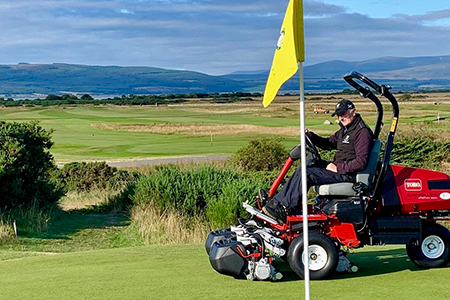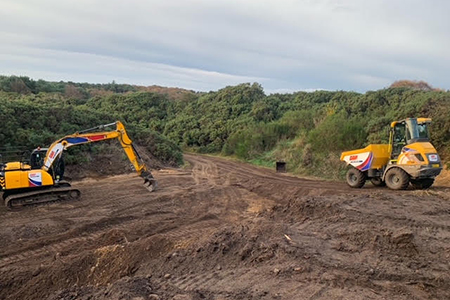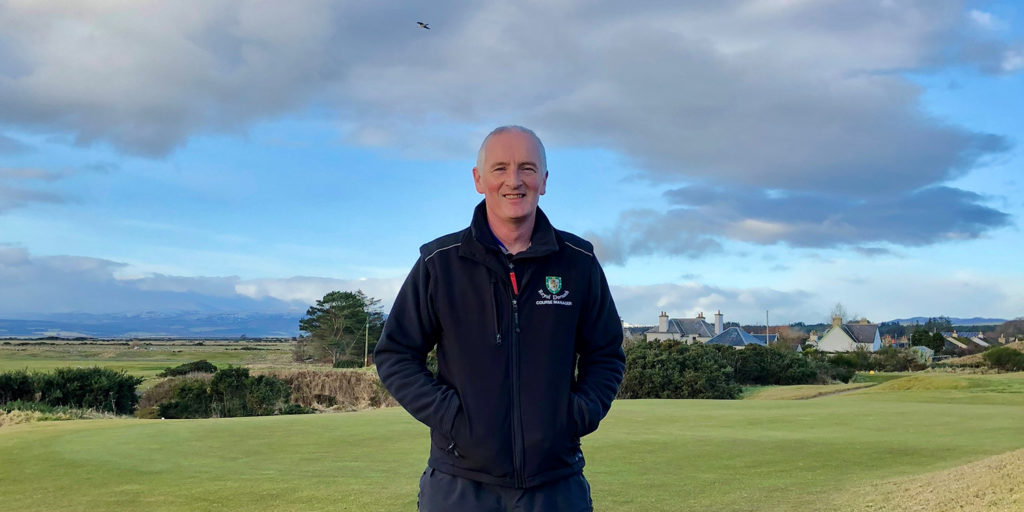OCTOBER 9-13 marks the second annual Sustainable Golf Week, encouraging worldwide organisations to celebrate the environmental benefits of the sport Scotland gave to the world.
It is being promoted by the Golf Environment Organisation to highlight the eco-friendly approach of course designers, management and greenkeepers under the banner “Golf – Better with Nature” #DrivingTheGreen.

The Royal Dornoch team led by our experienced course manager Eoin Riddell has enjoyed two GEO certifications in recent years, building on foundations stretching back decades.
“We try to make sure what we use on the courses here is recycled wherever possible,” said Eoin.
“We stockpile material for reuse. That has been the case since I started here 38 years ago.
“We have always had our own sand top dressing and we grow our own turf. We also make use of surplus materials from local building projects.”
Like many links courses in an era of climate change, Royal Dornoch keeps a close eye on the potential threat posed by coastal erosion.
“We are in quite a good place on that score,” said Eoin.
“The 10th on the Struie was a concern but rather than installing gabion baskets of stone we have been working with Green Shores to repopulate the salt grasses and youngsters from Dornoch Academy have become involved with that project, under the guidance of a team from St Andrews University and Ali Rennie, the geodiversity advice manager with NatureScot.
“Chestnut fencing was installed to mitigate the impact of high tides and behind that the youngsters are transplanting a range of native plants taken from elsewhere on the shoreline.
“The aim is to give Mother Nature a helping hand and the school has taken some away to grow them on in polytunnels to be planted out next year.
“While the Struie experiment is progressing nicely, we have actually been gaining ground bordering the 12th, 13th and 14th holes on the Championship Course in the last few years.”
Eoin and his team look to work in tandem with nature, given they are caring for one of the world’s most revered natural links.
“We have large areas of rough, some of which are managed, and our cutting back programme takes account of bird nesting seasons,” he noted.
“We are mindful that it is a habitat for all sorts of insects and animals. Cutting back our famous gorse enhances the presence of all manner of wildlife
“In some of the land which is now being managed we have found orchids thriving. They weren’t there before.

“We have already had birds nesting on the old 7th and 8th fairways, which are being quickly reclaimed by Mother Nature. These will all be left alone if whatever is growing is native to the Highlands of Scotland.
“We have also introduced our own bee hives to help with pollination. Stuart Gillies from our greenkeeping team is charged with looking after them.
Golfers can relax, they are well away from the course!
“The club has been encouraging the junior section to spot birdlife while they are out on the golf courses, and we are awaiting the findings of a butterfly conservation survey and a stand-alone bird audit.
“Golfers should keep an eye on the Firth when they are here as we get a lot of porpoises, the odd dolphin, sea otters and recently some Orcas were spotted.
“They’re chasing birdies, but they’ll likely see waders, oyster catchers and buzzards! And while curlews are in decline nationally, they are thriving on land down by the Struie.”







